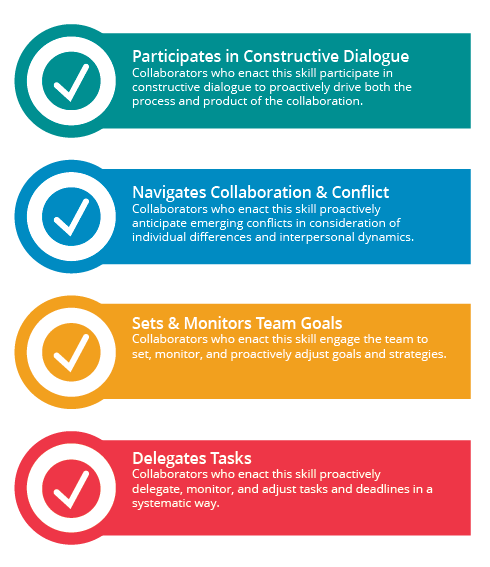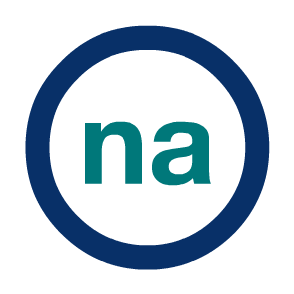Collaboration Rubric

What is it and how does it work?
Developed by Dietrich College for use in the Grand Challenge First-Year seminars that specifically target Collaboration learning outcomes, this rubric can be used in whole or in part to assess student artifacts for evidence of student mastery of the Collaboration learning outcomes. In addition to the rubric, a rater training guide has been developed to support interrater reliability across educators, evaluators, and other prospective raters.
Which skill(s) are targeted?
- Participate in constructive dialogue to support both the process and product of the collaboration
- Shape teams and navigate collaborations in consideration of individual differences and interpersonal dynamics
- Apply skills and processes to resolve and manage disagreements in collaborative settings
- Participate constructively in planning, leading and improving meetings
- Plan, organize, and deliver coordinated work targeted to a project goal
NOTE: While the rubric can be used in whole to evaluate artifacts for all collaboration competencies, individual row(s) can also be used if artifacts are more targeted to specific skills but not necessarily the full set.
Who else has used it?
- Dietrich College General Education Program
 Educator time commitment
Educator time commitment
Approximately 30-60 minutes to review the rater training guide; artifact scoring will vary based on number and characteristics of the artifacts.
 Student time commitment
Student time commitment
No additional student time commitment.
Contact eberly-assist@andrew.cmu.edu for help with incorporating this resource.
Educator how-to steps
- View/download the rubric (.docx file).
- Consider your teaching context and assignment goals for students' collaboration.
- Identify one or more rubric criteria that is aligned to your assignment criteria and add it to your assignment rubric.
- Set up the assignment in Canvas (or as you normally would) and include the rubric so that a) students can use it to help guide their work; b) you and/or your TAs can use it to grade the students' collaboration and teamwork skills development. (Note: We have a Canvas assignment shell with the rubric in place already set up that you can copy to your Canvas course and use as is or edit. Contact eberly-assist@andrew.cmu.edu to ask for help with this.)
See these related resources…
ConflictU
OLI course designed to develop skills and strategies for managing conflicts that arise in teams.
MeetingU
OLI course designed to develop skills and strategies for managing, participating in productive meetings.